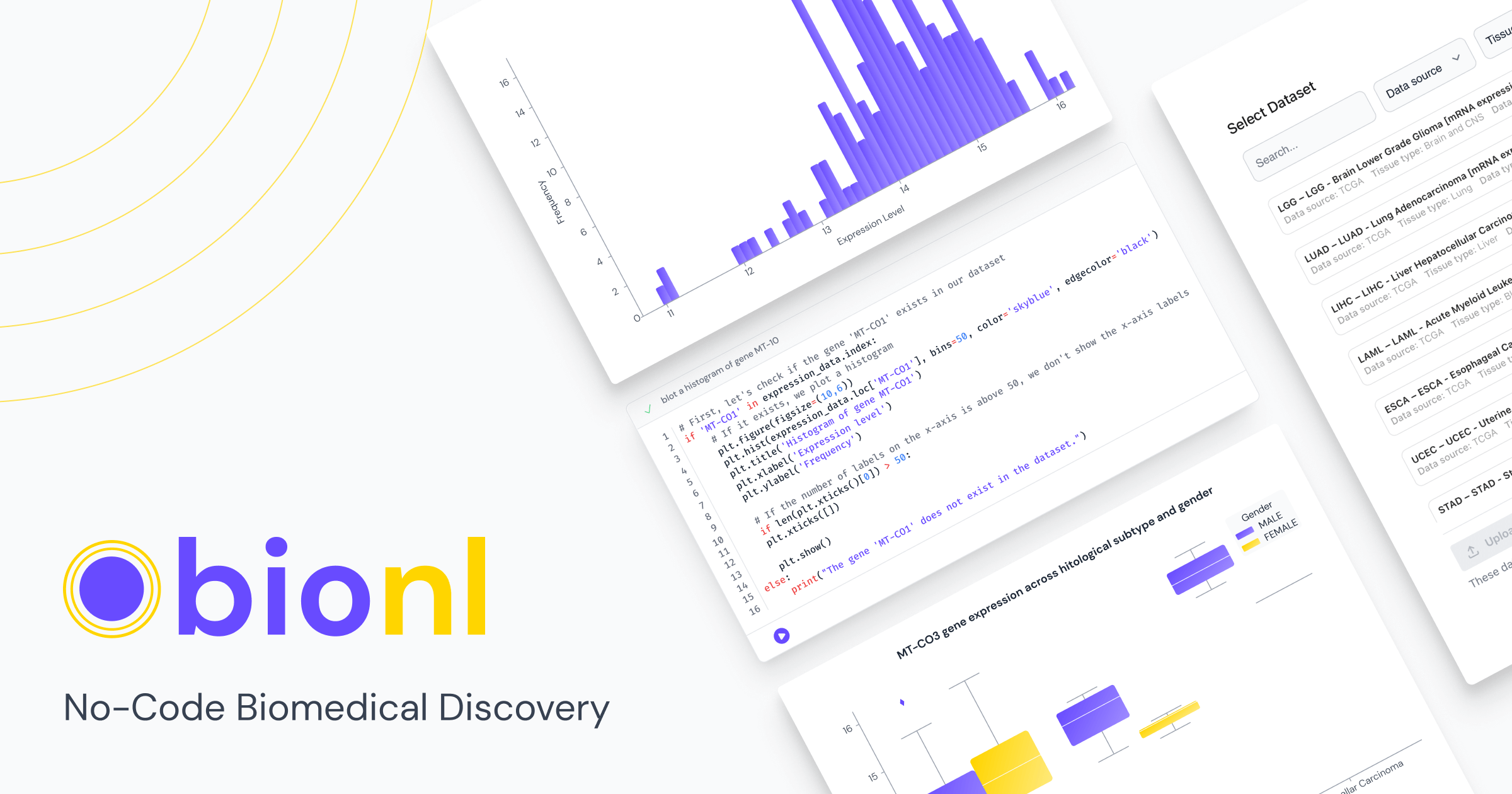From Proteins to Function

Proteins are complex molecules, of amino acids backbone, exerting the functions that keep us alive. This blog will list the molecular and chemical sciences behind the protein function, transforming the simple structure into a powerhouse of life-sustaining activities. Amino acids are the fundamental units that proteins are constructed from. Each amino acid boasts a distinct chemical identity. The order in which these "letters" are arranged, dictated by our genes, determines the protein's unique translation and ultimately, its function.
Folding into Form:
Unfolded, a protein is just a string of amino acids. But like origami paper, a protein folds into a specific three-dimensional shape according to the amino acids order, which determines different chemical forces; such as hydrogen bonds, ionic interactions, and hydrophobic forces, these create pockets, grooves, and crevices that become the protein's functional hotspots. The main 2 structures are alpha helixes, and beta sheets, the mix of these 2 can produce more complex protein structures. Stanford presents a quick exciting animation of protein folding!
Keys and Locks: The Molecular Recognition Game:
Specific regions on the protein's surface, shaped by its unique folds, act as binding sites. Only molecules with the "right" chemical shape (folding), like a key fitting perfectly into a lock, can bind to these sites. This selectivity ensures that proteins interact with the precise partners they need to carry out their specific tasks. Thus, differences in amino acids orders, and mis-folding will potentially affect the protein function, this is where diseases is generated!
The Enzyme Effect: Speeding Up Life's Reactions:
Proteins are the ultimate catalysts, accelerating the chemical reactions. Enzymes, a special class of proteins, bind to specific reactants, lowering the activation energy needed for the reaction to occur. Enzymes make reactions happen smoothly and efficiently, ensuring vital processes run seamlessly as shown in this video.
Beyond Enzymes:
Proteins still have more to offer. Antibodies, recognize and neutralize foreign invaders. Transport proteins ferry molecules across cell membranes, ensuring essential nutrients reach their destinations. Contractile proteins, like actin and myosin, power muscles, allowing creatures to move. Structural proteins, like collagen, form the scaffolding of bones and tissues, providing support and stability.
Diving Deeper into Proteomics
Our exploration of proteins wouldn't be complete without mentioning proteomics, the dynamic field studying the large-scale analysis of proteins. Similar to how genomics examines our genetic blueprint, proteomics studies expression and function of those genes, in cellular activity. Mass spectrometry is the technique to identify and quantify thousands of proteins within a single sample.
Proteomics, relies on various file formats to store and share data generated from experiments. These file formats are essential for the analysis, interpretation, and sharing of proteomics data. Here are some of the most common proteomics file formats:
- Mascot Generic Format (MGF)
- Proteomics Standards Initiative-Mass Spectrometry Standard Format (PSI-MS)
- SEQUEST Result Format (.srf)
- Peak List Formats (.mgf, .ms2, .dta)
- FASTA Format
- ProteinScape (.psp)
- ProteomeXchange Formats
Each of these formats plays a crucial role in the various stages of proteomics research, from data acquisition and processing to analysis, identification, quantification, and sharing of results. The choice of format often depends on the specific requirements of the analysis software, the type of mass spectrometry data, and the goals of the research project.
Conclusion
This blog has explained the importance of proteins in biology, and what aspects matter in proteins synthesis cycle, giving the reader the ability to imagine the protein role in diseases, and how could it be a diagnostic factor in many.
Studying proteomics and the passion to discover what is behind the protein's journey looks huge and challenging, while this is true, Bionl.ai is here to make bioinformatics and biomedical research more accessible for all researchers, offering the tools needed, and the opportunity for researchers to work on their own data too.



